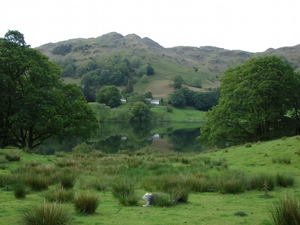n129

The species Wordsworth has in mind is prunus padus, most widely known today as the hackberry tree.
Thomas Gray died two years after the 1769 publication of his Tour of the English Lakes. For more on Gray’s Tour, see the introductory essay.
This was one of Wordsworth’s favorite passages, as evidenced by how frequently he
quotes it elsewhere in his writings.
Both the venerable Bede and local tradition hold that the seventh-century anchorite
St. Herbert chose this island on Derwentwater as the site for his hermitage.
More commonly known as Derwent Isle, this island’s alternate name can be traced to
the era when, prior to the sixteenth-century dissolution of the monasteries, it was
owned by the monks of Fountains Abbey in Yorkshire.